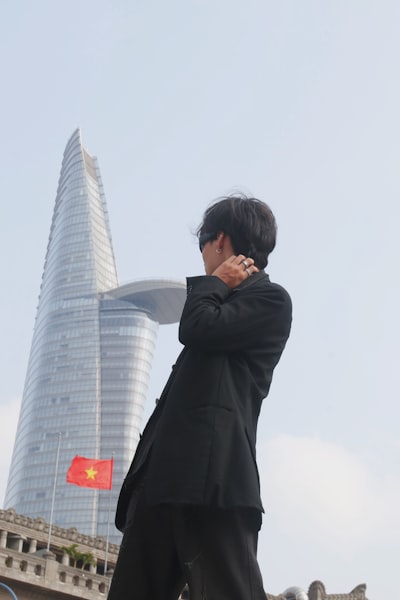Summary
Jiang Yanchen, a 21-year-old university student from Shandong, China, has spent much of his life contorted by ankylosing spondylitis—a rare form of arthritis that twisted his spine so severely his head nearly touched his buttocks. Despite these unimaginable challenges, Jiang showed remarkable perseverance: he completed his high school entrance exam lying on a yoga mat and went on to study engineering at Dezhou University. In 2023 and 2024, after seeking specialized care in Chengdu, Jiang underwent a series of four complex spinal surgeries, culminating in his ability to lie flat and even stand tall for the first time—a personal and medical breakthrough.
Analysis
Jiang’s story is a testament to both human resilience and the progress of medical science. His transformation, enabled by multiple osteotomies and hip surgeries, shines a spotlight on the intersection of personal determination and surgical innovation. Yet, the coverage also prompts questions about broader systemic issues: How accessible is such advanced care to most patients, especially those in less urban regions? The article doesn’t address costs, outcomes for similar cases, or the role of China’s evolving healthcare system in these outcomes.
There’s also a certain framing at play: the narrative leans heavily on individual heroism and the inspirational value of Jiang’s recovery, as seen in phrases like “inspired countless people.” While such focus makes for compelling storytelling, it can obscure systemic obstacles faced by others with disabilities or rare diseases who may never access world-class care. Additionally, the emotional weight carried by Jiang’s mother’s perspective highlights the often-overlooked toll on families—that resilience is not just individual, but communal.
Discussion
Jiang’s journey matters on several fronts. On one hand, his story offers hope to those living with rare and debilitating conditions, showing that medical miracles are becoming increasingly possible. It also raises the visibility of invisible disabilities, prompting conversations about access, support, and inclusion for people with chronic illnesses and severe physical limitations.
At another level, Jiang’s experience is part of a broader narrative about the rapid advances—and remaining inequities—in China’s health system. Cutting-edge surgeries and specialist expertise are more available than ever, yet disparities remain between rural and urban care, public and private options, and the financial burdens families bear. Furthermore, the focus on online inspiration and viral storytelling both uplifts and risks simplifying complex, systemic issues into digestible human interest pieces.
Ultimately, Jiang’s courage and his surgical team’s skill together serve as a microcosm of hope and challenge in modern healthcare. Will his story prompt policymakers to focus more on access and disability support? Will the wave of public empathy translate into concrete improvements for people with similar struggles? The answers are unfolding, but Jiang’s upright stance—literally and figuratively—reminds us what is possible when grit meets opportunity.

Comments
No comments yet. Be the first to comment!